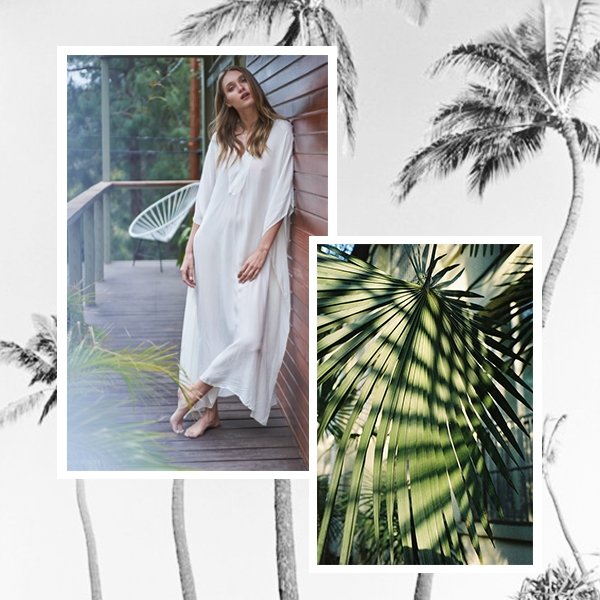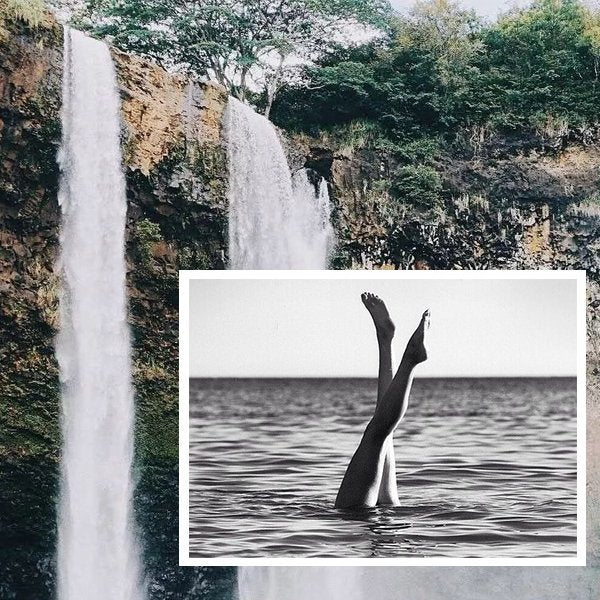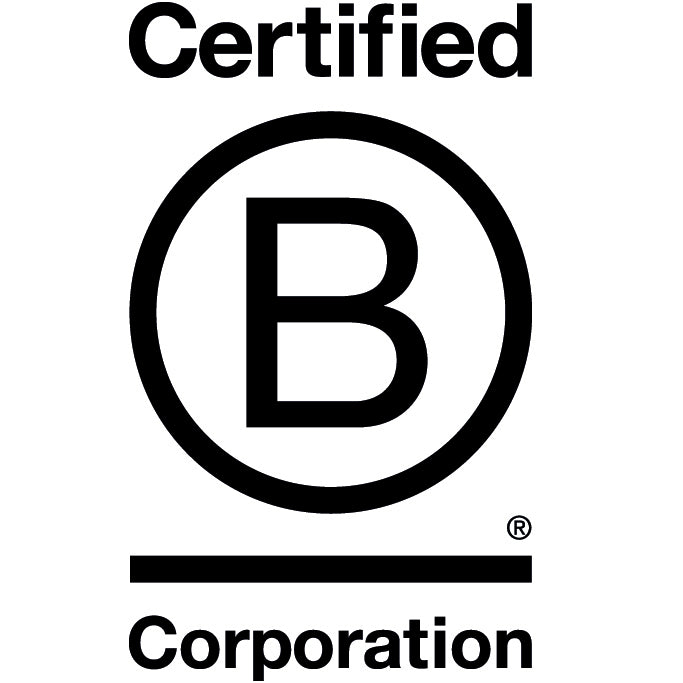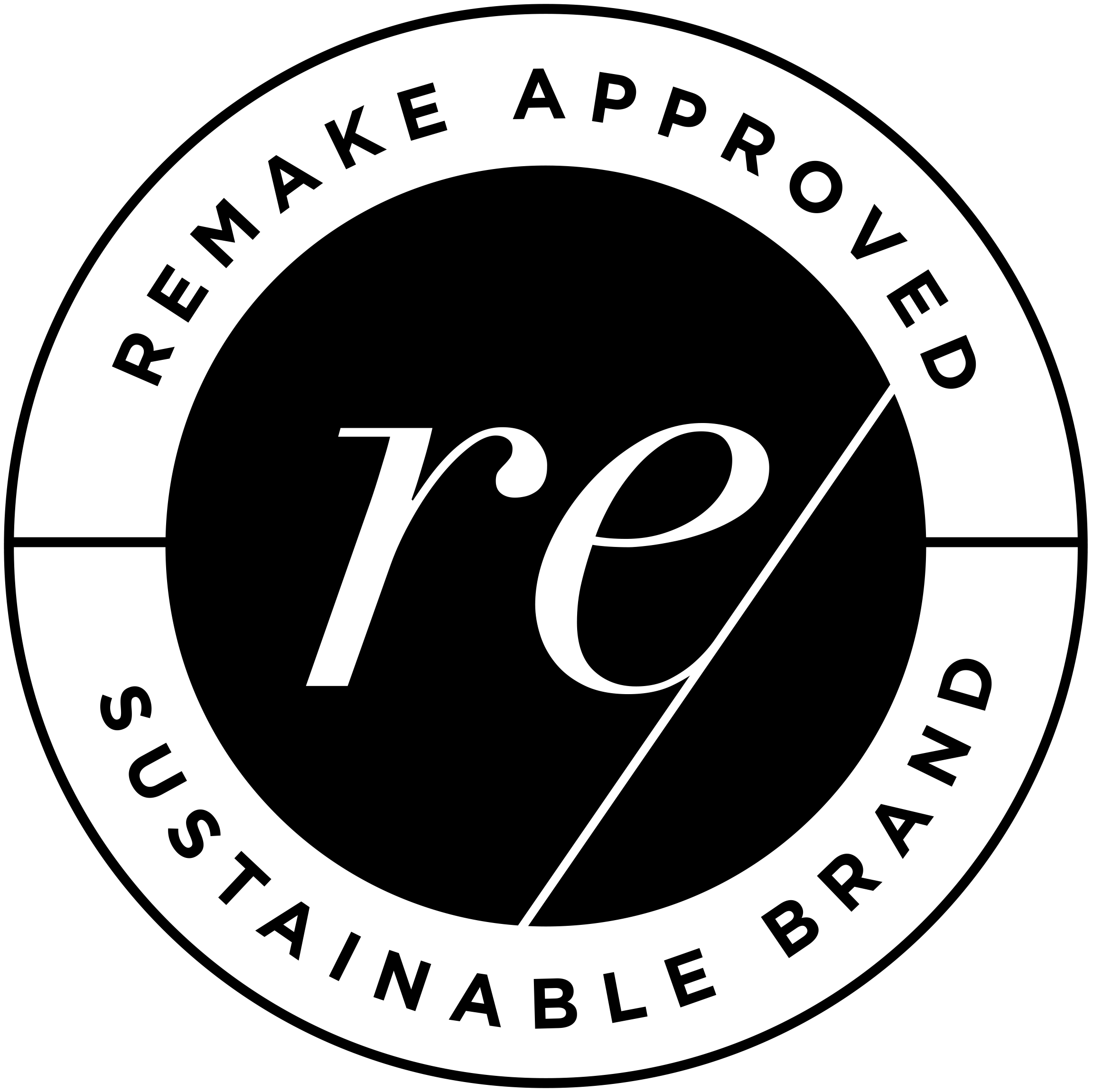
What Makes a Brand Sustainable? When People, Planet and Purpose Come First
Thankfully, there is much conversation in the fashion world about sustainability. For most brands and customers, however, lofty questions arise around what exactly is sustainability, how to achieve it and how to communicate it. Between fair trade practices, eco-friendly fabrics, transparent supply chains, upcycled, recycled, carbon-neutral, carbon off-sets, organic fabrics, and circular supply chains, it can be a daunting landscape.
Luckily, change is afoot with new processes, companies and movements that promise to clear the muddy waters.
Patagonia Fair Trade: The First Step from Little Village Films on Vimeo.
Utilizing the Fair Trade initiative as a platform, Patagonia continues to forge new territory with it's Sustainable Apparel Coaliton, a group of 200+ global apparel stakeholders who, along with the Envirnomental Protection Agency, are creating the Higg Index, a self-assessment tool for brands to gauge their enviromental and social impact throughout their supply chain. The goal is to create a sustainability score that will eventually communicate to consumers, much like the Certified Fair Trade label, the actual sustainability of a product from cradle to grave.
Organizations are emerging everyday to help navigate this new-ish territory as well. Companies like PositiveLuxury.com and Mochni.com are creating product directories to help consumers identify sustainable brands. The team at FashionRevolution.com has raised awareness for fair labor practices with their brilliant #WhoMadeMyClothes campaign.
Another complicating factor to sustainability is scope. There are so many facets in apparel production that no one brand will do everything perfectly every time. Does local production offset toxic dyes? Does a circular supply chain offset the water and energy usage to recycle the product?
"Detractors are plenty, but just because you can't do everything doesn't mean you should do nothing," says ocean+main founder, Mary Price. "We don't ship any products in single-use plastic bags, but we do ship product which does have a fuel and transportation impact."
Transparancy is key to judging if a brand is making a concerted effort in the area they have decided to tackle and collectively, each of these steps moves us closer to change.







Leave a comment
This site is protected by hCaptcha and the hCaptcha Privacy Policy and Terms of Service apply.